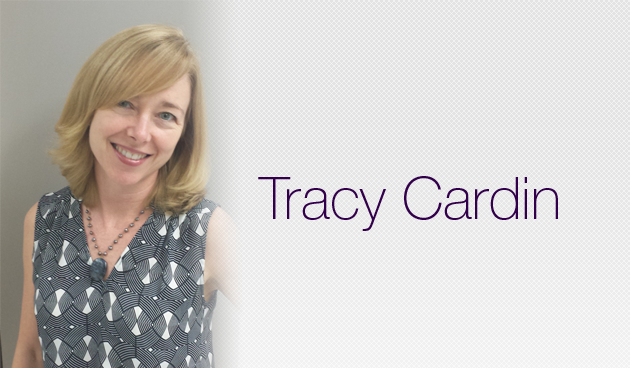My uncle just died. He was my mother’s brother, an irascible blowhard, a mercurial bit of a family dictator with a soft spot for small children. He had the unfortunately common clinical course of catastrophic illness followed by steadfast decline into the heartbreaking oblivion of dementia. This dementia was of a steep descent and his daily life was reduced to a nursing home, albeit one where my mother and his wife visited multiple times a day and advocated fiercly for adequate care.
On Sunday he suddenly vomited, was noted to be febrile and tachypneic. He was, sensibly enough, a DNR with a “no transfer” to hospital order on the chart-though not in hospice care. His oxygen saturations fell to critical levels despite aggressive supplemental oxygen, and he began to struggle for breath. His breathing was noisy, and he developed tremendous secretions which he was unable to clear. My mother, at the bedside, frantically called me and asked what they should do. A suction machine was brought in, but the CNA was unable to get it to work. A second suction machine was employed with somewhat better success. I suggested morphine for comfort. The primary MD was contacted, and agreed, and ordered morphine 5mg. Unfortunately he was out of town and could not give a telephone order for this medicine. The on-call physician was paged multiple times but did not respond. No narcotics were available in the nursing home, and there was no way to get him any. He died, the next morning, after struggling for breath, in distress, all night. A terrible death.
I would like to say that the above events were exceedingly rare. I would like to rant and be outraged. I worked in nursing homes as a nurses aid starting in my junior year of high school and continued all through nursing school. This 10 years of exposure to nursing homes both great and terrible revealed a simple truth; that once your loved one is out of the hospital setting, they may as well be at home or on the moon for all the skilled care they will receive. I could tell a hundred stories that would echo the one told about my poor uncle.
Policymakers, government administrators and hospital leadership all talk about the ways in which the “patient experience” is being improved. Patient safety, hand washing, readmissions, CAUTI, discharge before noon etc. are all being addressed. But the simple fact is, in the trenches, in the dirty war of healthcare, the experience that my uncle had is all too common. The people who need comfort, care, consistently working equipment, pain medicine, and intervention don’t receive it. I don’t have to tell you how I feel about the over narcotizing of the free world, but really, when my uncle legitimately needed a narcotic, as a humane end to suffering, he could not get it. Is this logical? Is this humane? Is this rare? No.
I’m not sure why there are no narcotics available in nursing home settings; it seems like they used to be. I suppose it is due to the risk of theft, or concern about the lack of skilled personnel, or that there is too much regulatory bureaucracy, too many circus hoops to jump through and therefore easier not to have them available.
But my cousin, the veterinarian, points out that those same risks of theft, lack of skilled personnel, regulatory rigors, exist in his vet clinic. Yet he can put an animal that’s suffering pain with narcotics – he can ease those last hours or minutes.
If people like my uncle, the suffering, the hurt, the weak, the infirm have no relief from the war, from their pain, then our system is failing those that need it most. And we need to demand change. It could be you or your loved one next.



Leave A Comment